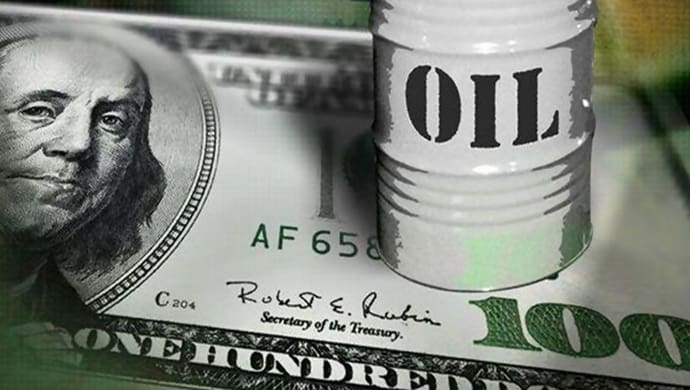
Eden
Oct 25, 2021 13:27
1. Definition of trend:
To put it simply, the trend is the direction of market movement. Under normal circumstances, the market will not go straight in a certain direction. The characteristics of market movements are characterized by shocks, which are similar to a series of waves that have followed and have obvious peaks and valleys. The so-called trend is the direction in which these peaks and troughs rise or fall in turn.
We define the upward trend as: a series of rising peaks and troughs; in other words, in a certain period, the market price continues to break through the high point of the previous wave, creating a new high, but not falling before the callback process. The process of a wave of low points is an upward trend.
We define the downward trend as: a series of peaks and troughs that fall in turn; in other words, in a certain period, the market price continues to fall below the low point of the previous wave, creating a new low, but it cannot rise in the rebound process. The process of the high point of the previous wave is the downward trend.
The lateral trend is defined as: a series of horizontally extending peaks and troughs. The horizontal trend is also called no trend.
2. the trend line drawing method
A trendline is a line drawn over pivot highs or under pivot lows to show the prevailing direction of price. Trendlines are a visual representation of support and resistance in any time frame. They show direction and speed of price, and also describe patterns during periods of price contraction.
I. Uptrend line:
● Definition:
A "bullish" trend line is used when prices have been increasing. An "uptrend" is broadly defined as a series of higher highs and higher lows. A bullish (rising) trend line is drawn by connecting two or more recent lows in price, and extending the line into the future, up and to the right.

II. Downtrend line
● Definition:
A “bearish” trend line is used when prices have been decreasing. A “downtrend” is broadly defined as a series of lower highs and lower lows. A bearish (or declining) trend line is drawn by connecting two or more recent highs in price, and extending the line into the future, down and to the right.

3. Characteristics of the trend line
(1) There are three levels of trend: the trend is divided into three types: main trend, secondary trend, and short-term trend. We must clearly define the level when we talk about trends.
(2) The type can be uniquely determined: no matter how the market moves, we can judge which trend the market is in. It is not an upward trend, it must be a downward trend or a horizontal trend.
(3) The trend is relatively stable: once a trend is formed, it needs sufficient strength to change the direction of this trend, and the trend tends to move forward in the original direction.
4.the meaning of the trend line
Trendline: A line used by technical analysts to plot past price movements for a particular subject. The purpose is to predict future price changes. This line is formed by linking the highest or lowest price points of the rise or fall of the trading target during a specific period of time. The final line angle will indicate whether the subject of the transaction is on a rising or falling trend.
If the price rises above the downwardly inclined trend line, or falls below the upwardly inclined trend line, technical analysts generally believe that a new price trend may emerge. Trend line analysis is generally considered to be a method of technical analysis, but trend line analysis must be combined with other technical analysis to make the effect possible.


Oct 25, 2021 13:27